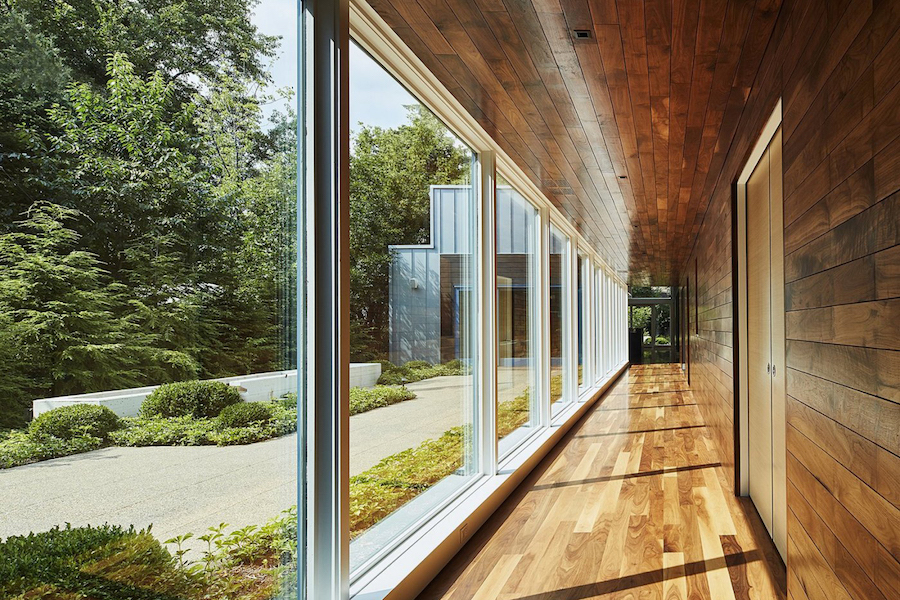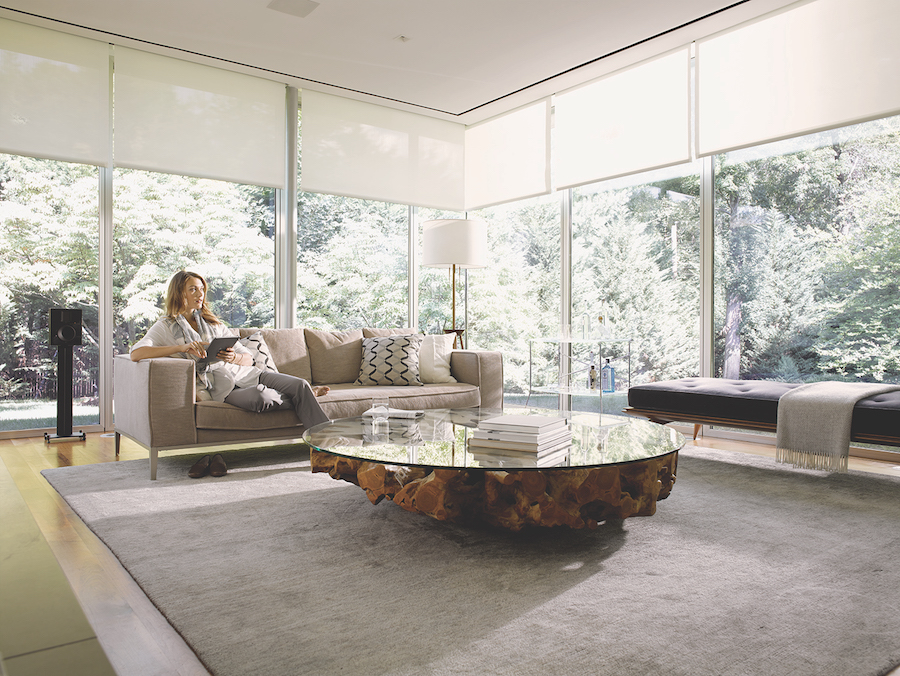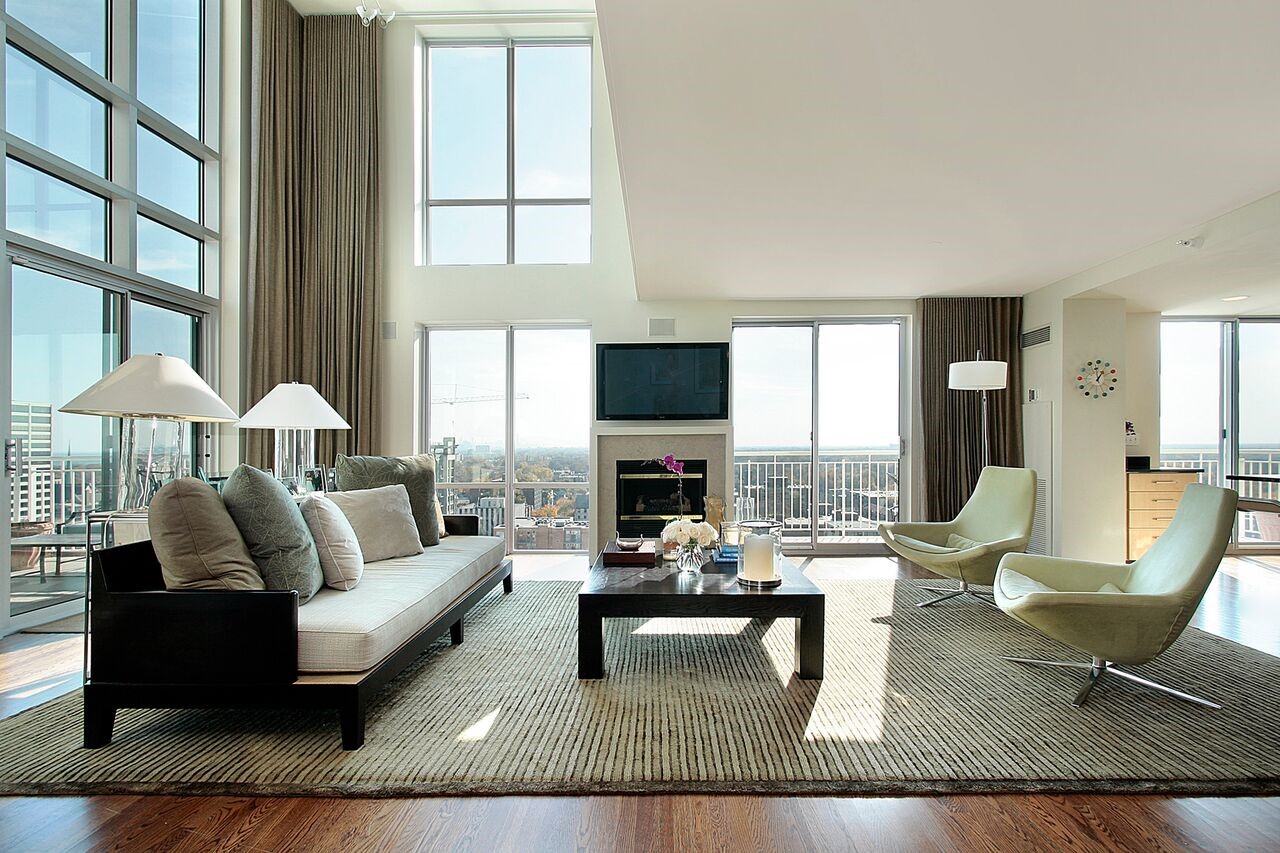When humans first populated the earth, the largest influence on their lives was the sun. It determined when they woke and when the slept, when they hunted and when they hid. Even after the discovery of fire, the physical toll of maintaining an open flame limited its functionality as a light source. Even tallow candles, popular in the 14th century, were so expensive that only the most affluent members of society could enjoy more than a few minutes of light per day.
Up to the 19th century it was still prohibitively expensive for the majority of people. In 1816 Baltimore became the first city in America to light its streets with gas distributed through a system of pipelines. This technology proved so beneficial that it was found in almost every city by 1850. And just like that, we owned the night.
This is part one of a three-part series covering how we can control light to improve our lives. In the first part we will cover lighting design, and how it impacts our ability to enjoy and use our space.
on Thursday, 02 April 2020.
This shouldn’t be news to anyone, but your average home contains more “smart” devices than ever before. Nest thermostats may have brought the trend to the mainstream, but Alexa, HomeKit, Sonos, and others have taken that momentum and run with it. You might think that adding a few of these devices would take you to the pinnacle of the “Smart Home,” but is there anything that is missing from these consumer or DIY devices that is available in the professional systems like Control4, ELAN and Savant? Let’s take a look.
on Monday, 23 March 2020.
Who ever said bigger isn’t better has never walked the TV area at CES, the Consumer Electronics Show in Las Vegas. Reporters and news programs can give a misleading view of what CES has to offer, as they tend to focus on the ‘concept cars’ rather than the ‘production cars’ of technology. Last year, the stories about LG’s rollup TV and this year’s Samsung's swing-into-portrait-mode Sero TV fell into that bucket. Yet underneath all the hype, we find some real changes coming to TVs, and many of them are available today.
on Monday, 16 March 2020.
I often wonder “Why do we welcome technology more in our cars than in our homes?” After all, let’s go back to the last time you approached your car: You probably pressed the button on a remote that unlocked the door and disarmed the alarm. As you pull back on the door in your car, the light conveniently comes on for you inside and the seat moves back. When you sit down, and either put your key in or press start, the seat moves forward as the steering wheel moves down and towards you. As you take a drive down the road, your favorite music is just a single button press away on the six presets. Why doesn’t your house do all this?
In our homes, thousands of products are available to give you the same experience as in your car; people just don’t know about them. For example, there are ways to install a remote on your keychain that unlocks your door and disarms the alarm. It’s also rather easy to install a simple keypad beside your entry door. These six buttons act as “presets” for you and your home. Much like the 6 buttons on your car stereo, press the #1 or “Welcome” button, and your house takes on the setting that you prefer, like having the lights illuminate the path to your bedroom closet, your thermostat change to “comfort mode,” and your favorite music to start playing throughout the house.
on Monday, 09 March 2020.
Does calling for help on your smart home problems give you Technical Support Derangement Syndrome? It’s frustrating for anyone, especially when dealing with a luxury custom integration company, that all you hear is:
- “I’m sorry. The person you need to speak with isn’t in the office at the moment. Can I have him give you a call back?”
- “Let me make a few calls and get back to you as soon as I can.”
- Or the dreaded “Hold please,” only to be left hanging for an inordinate amount of time.
on Monday, 02 March 2020.
Using Smart Technology to Bring Nature into the Home
Are you familiar with the term biophilia? Despite the ominous name that may make you think it’s a disease, it’s an innate human tendency. Defined, it means the tendency of humans to want to connect with nature based on many thousands of years of evolution.
In northern California, we have many opportunities to interact with nature, given our mild climate and abundance of natural beauty. But the reality is that our hyper-busy modern lives have us spending as much as 90% of our time indoors. Biophilic design is a relatively recent trend aiming to design living spaces that bring the outside in. In other words, if we are forced to spend time indoors, we can at least continue to satisfy part of our innate desire to commune with nature. As a result, home designs, especially in the Bay Area, are including more indoor/outdoor spaces, large windows, atriums, and other elements that help connect natural features to the indoors.
One of the most exciting new trends in biophilic design is the use of smart technology to bring a more natural and healthier lifestyle to home interiors. In this blog, we’ll touch on three of the latest ways homes are being equipped for improved wellness.
Keep reading to learn more!
on Wednesday, 19 February 2020.
Posted in Biophilic Design: Bay Area, CA, Biophilic Design
With Modern Wireless Technologies, You Can Benefit from the Latest Innovations
Much of what we call home automation today began in the 1990s. Before the age of the internet and software-driven devices, there were systems to control and program home technology such as lighting and AV systems. In those days, the technology required quite a bit of wiring.
Fast forward a couple of decades, and the internet protocols we depend on every day, as well as a variety of optimized wireless technologies - RF (radio frequency, Bluetooth, Zigbee, etc.) - are powering new communication and control capabilities in a slew of smart home devices. Add to the sauce the intelligence from inexpensive processing power and software that makes the control systems of 20 years ago blush, and you have sophisticated home automation possibilities available today that used to cost tens of thousands of dollars in equipment and custom programming.
What does this all mean? To answer the premise of the blog, yes, you can. You can add smart home features to your property without taking it down to the studs and adding low voltage wiring everywhere. We're not saying you don't need any cables or wires - there are tradeoffs to fully wireless approaches - but there's much you can do with today's wirelessly connected devices and systems.
So if you want to retrofit smart home features to your home in the San Francisco Bay area, we all know that property here is expensive and budgets are not necessarily unlimited for full-scale remodeling. The good news is that you can get sophisticated smart home technology that doesn’t require you to embark on a major rebuilding project.
Read on for some examples of what’s possible. It may be more than you think.
on Friday, 04 October 2019.
Posted in Retrofit Smart Home San Francisco Bay Area, CA, Retrofit Smart Home
Is There a Difference, and Why Should You Care?
To cut to the chase on our premise, yes, there is a difference, and you should care. Even though the economy here in the San Francisco Bay Area is largely based in technology companies and residents are more than familiar with these terms, it’s still useful to start with some definitions.
Much is written about IoT, which is an acronym for the Internet of Things. The “things” refer to smart devices that have internet connectivity and enough intelligence within them - chips and software - to do “smart things.” Think of your smartphone as one of those smart things, and for that matter, your tablet or laptop. We all know what they do for us every day.
The other side of IoT is how the intelligence being built into devices is changing industries and the way we live. IoT is an all-encompassing term about how smart devices can communicate with each other and take advantage of information over the internet to do things like never before. For example, IoT will make a significant impact on healthcare. Devices that monitor physical data like blood pressure, heart rate, and blood sugar will be able to use that data and the power of cloud computing to warn of a stroke in a diabetes patient - before it happens. Another example is the self-driving automobile. The automobile was once not a particularly smart device needing a human driver. With the power of advanced computing, sensors, sophisticated software, and internet connectivity, cars can drive themselves and navigate to a destination without your input. We may not be to that level yet - but we’ve seen that future and know it’s coming.
So where does home automation fit into this equation? Home automation is but one part of IoT. Smart devices like Nest thermostats, smart lights, video doorbells, and Samsung's smart refrigerators are all part of the Internet of Things. Why? Because they can all share information and offer control of their operation over the internet to other applications. And as IoT devices, that means you can do smart things with them, like adjust your thermostat and lights when you leave the house, automatically. More than that, as part of IoT, these devices can do even smarter things. In some cities, intelligent thermostats can participate in demand-response programs to help curb peak electricity loads and keep the energy grid stable. This is another example of what IoT can do in the future, beyond simple remote control and automation.
Getting closer to home, let's take a more in-depth look at how true home automation is more than a collection of smart IoT devices, and why that's important.
on Saturday, 17 August 2019.
Posted in Home Automation Bay Area, CA, Home Automation
What You Need to Consider
Here in the Bay Area, a hub of technology development, we have no shortage of tech-savvy people. Most are quite familiar with home automation technology or already use some form of it; indeed, a lot of it is developed right here. Given our high level of tech awareness, it should surprise no one that smart home technology would be high on the list of features when people are looking to either remodel a home or build a new one.
We also know that there is an ever-growing array of smart consumer devices available for intelligent home control and management. Smart cameras, lights, thermostats, speakers, refrigerators, and more are readily available at local electronics retailers and online. Some of these are designed to work well together, while some will only work within a given ecosystem. Choosing a home automation system might be an exercise in frustration depending upon what you want to do, involving choices in wireless technologies that may or may not work well in a given environment as well as different control mechanisms.
The best home automation installations are a seamless experience. In the tech world, “seamless experience” is a buzzword often bandied about but a goal that's rarely achieved. From our perspective, it means that disparate functions in your home can be made to work as a well-orchestrated whole that fits your lifestyle. To accomplish that seamless experience, the right planning in a new home build or remodel will go a long way to set it up for today's smart home technology as well as tomorrow's. Keep reading to learn more.
on Friday, 26 July 2019.
Posted in Home Automation Systems Bay Area CA, Home Automation System
How Architectural Speakers Solve Your Toughest Problem
Homeowners throughout the Bay Area want the latest technology – especially when it comes to high-end audio.
But that doesn’t mean it’s always the best-looking solution. When it comes to your interior design, a home audio video installation can be a pesky problem. How can you get the quality and functionality you want without sacrificing aesthetics?
It’s not an impossible problem. In fact, it’s something technology manufacturers have been working to solve for decades.
In this blog, we’ll explore some of the technology solutions that can help you solve one some of your biggest problems: how to combine style and design. Just keep reading for more.
on Wednesday, 31 October 2018.
Posted in Home Audio Video Installation Menlo Park, CA, Home Audio Video Installation








